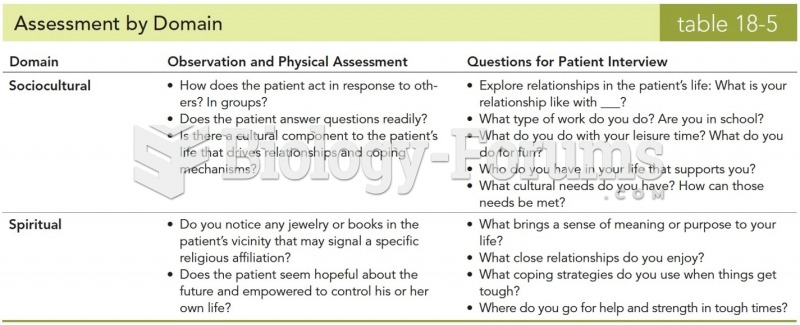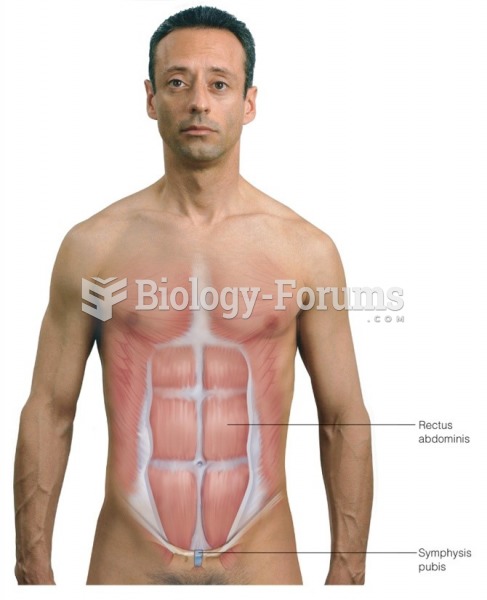Answer to Question 1
C
Feedback
A Incorrect. Once the nurse has determined that an injury is serious enough to require an ambulance transport to a hospital, reading the child a story about a boy who went to the hospital in an ambulance may lessen her or his fears but is not the best course of action.
B Incorrect. Telling someone not to be afraid almost always makes them afraid. This is not the best course of action for the nurse.
C Correct. To help lessen the fears of students the school nurse can have a familiar staff person from the school ride in the ambulance with the child if possible.
D Incorrect. Once the nurse has determined that an injury is serious enough to require ambulance transport to a hospital, there is not time to wait for a caregiver to come to the school and have him or her ride in the ambulance. This is not the best course of action for the nurse.
Answer to Question 2
A
Feedback
A Correct. For the child and family undergoing dialysis, teaching regarding medications is necessary. They must be aware that if the urine output diminishes from what they have come to accept as normal, the health care provider should be called prior to medication administration.
B Incorrect. For the child and family undergoing dialysis, teaching regarding medications is necessary. The nurse will not teach the family the following: give all medication with at least 8 ounces of water, and maintain water intake at 8 to 10 glasses per day.
C Incorrect. For the child and family undergoing dialysis, teaching regarding medications is necessary. The nurse will not teach the family the following: give all medication ordered to be given daily about 30 minutes prior to the dialysis treatment.
D Incorrect. For the child and family undergoing dialysis, teaching regarding medications is necessary. The nurse will not teach the family the following: any medication given during dialysis should be given with a glass of juice unless juice is contraindicated with that medication.







